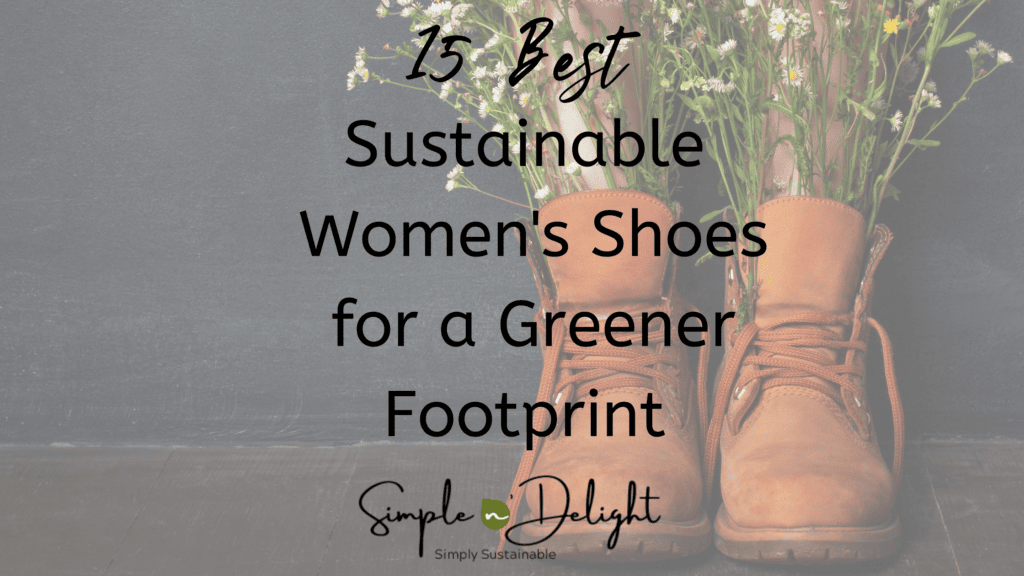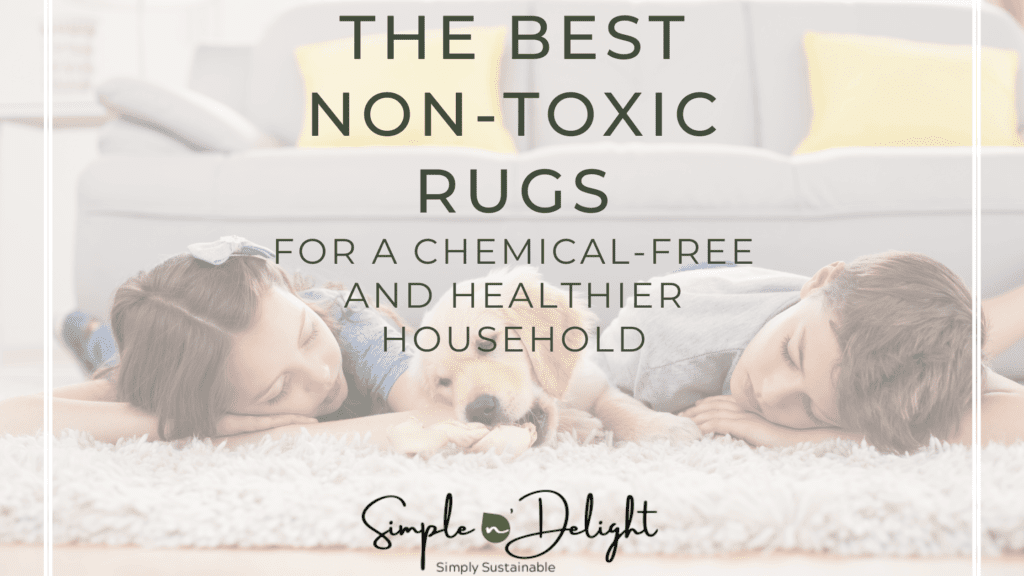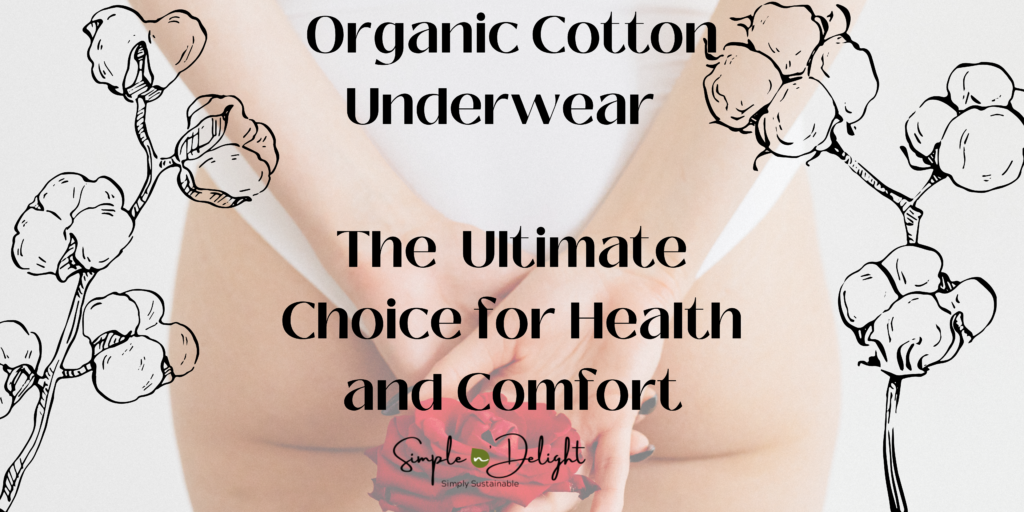Some of the links in this article are affiliate links, meaning we may earn a small commission for suggesting them, we have done our best to suggest only the best quality out there. As an Amazon Associate, I earn from qualifying purchases with the links provided in this article. In no way does this affect our description or review of their products.
I love the innovation of PLA bags (Polylactic Acid) that have emerged as a popular option. The PLA bag, made from modified corn, is becoming more prominent, touted for its biodegradable qualities and eco-friendly appeal. But as we delve deeper into the world of sustainable materials, a critical question arises: Are we ready to introduce PLA bags as the panacea for our single-use plastic problem, or are we missing a more effective solution that’s already within our reach?
In this article I aim to unpack the complexities surrounding PLA bags, shedding light on why they might not be the ultimate answer to our plastic woes just yet. Despite their green credentials, PLA bags come with limitations that often go unnoticed. In a world where the availability of recycling facilities for PLA is still limited, and the allure of convenient but cheap non-disposable bags at checkout counters continues, it’s time to reassess our choices.
Join us as we navigate and examine why the most effective solutions might be simpler and more accessible than we think. It’s a journey towards understanding that the best way to tackle our plastic problem might not be through new materials yet, but through rethinking our habits and choices.
The Reality of the PLA Bag
Understanding the PLA Bag

Polylactic Acid (PLA) bags have been hailed as a promising alternative in the crusade against traditional plastic pollution. Made primarily from renewable resources like cornstarch or sugarcane, PLA bags represent a shift towards materials that are seemingly more in harmony with nature. These bags are designed to offer the same utility as conventional plastic bags, with the added benefit of being derived from biodegradable sources. The appeal of PLA bags lies in their potential to reduce our reliance on fossil fuels, given that they are produced from biomass.

So advantages do exist, even presently:
- Made from corn and renewable sources
- Safe alternative to plastic food containers
- Great for medical technologies
- Biodegradable under perfect conditions
However, the story of PLA bags isn’t just about their green origins. Their intended benefits do not always extend to their end-of-life impact.
The Challenges with PLA Bags

Despite their eco-friendly allure, PLA bags come with significant challenges that often undermine their effectiveness as a sustainable alternative. One of the primary issues is the limited availability of recycling facilities equipped to handle PLA. Unlike traditional plastics, which can be processed in most recycling plants, PLA requires specialized industrial composting facilities.
But, let’s be honest! Most consumer do not know this and even if they did do not have the time and patience to bring them into a recycling facility. These facilities are not only scarce but also operate under specific conditions, requiring high temperatures to break down the PLA material effectively.
The scarcity of appropriate composting facilities means that PLA bags often end up in regular waste streams, where they do not degrade any faster than conventional plastics.
RELATED: Biodegradable Garbage Bags? How to Replace Your Non-Biodegradable Garbage Bags Easily
In such environments, PLA bags behave contrary to their intended purpose, persisting in landfills or even contributing to litter. Furthermore, when PLA is inadvertently mixed with other types of plastics in recycling processes, it can contaminate the recycling stream, complicating and potentially hindering the recycling of conventional plastics.
Common Uses of PLA Plastics
I want to highlight that PLA (Polylactic Acid) plastics, despite their limitations in bag form, play a significant role in several innovative and beneficial applications that are not “plastic bags”. Their properties make them suitable for a range of uses, particularly in areas like 3D printing, medical technologies, and packaging, where their biodegradable nature offers distinct advantages.
3D Printing

In the realm of 3D printing, PLA has emerged as one of the most popular materials, primarily due to its ease of use and environmentally friendly profile. Unlike traditional 3D printing materials that are petroleum-based, PLA is derived from renewable resources like cornstarch, making it a more sustainable option. PLA filaments in 3D printing offer good detail, a lower melting point, and less warping, making them ideal for a wide variety of printing projects. From educational models to prototype development, PLA’s use in 3D printing is a testament to its versatility and eco-friendliness.
Medical Technologies

The medical field has also found PLA to be a valuable material, particularly in the development of biodegradable medical implants. PLA’s biocompatibility means it can be used in the human body without causing harm. It’s utilized in applications such as surgical screws, pins, rods, and meshes. These PLA-based medical devices are designed to biodegrade in the body over time, reducing the need for additional surgeries to remove them and thereby lessening patient trauma and healthcare costs.
Packaging
PLA has made significant inroads in the packaging industry as well. Its use in creating biodegradable packaging solutions marks a shift towards more sustainable practices. PLA is used in a variety of packaging types, including food containers, cups, and films. These PLA packaging solutions are particularly favored in contexts where composting facilities are available, as they offer a reduced environmental footprint compared to conventional plastics.
Comparing Alternatives to PLA Bags
#1 Alternative:
Reusable Bags: A Sustainable Choice
Since most of my grocery stores do not offer paper bags, I feel that the best sustainable choice at the moment is a durable, foldable reusable bag. These bags, often made from materials like canvas, jute, or heavy-duty nylon, offer a resilience that PLA and traditional plastic bags lack. Their robustness allows them to be used hundreds of times, significantly reducing the number of single-use bags that end up in landfills or the environment. I keep mine in my purse or pocket for easy access, and make sure to buy a large one that is high quality and durable such as this one:
#2 Alternative:
Paper Bags: A Biodegradable Option
Paper bags present another viable alternative to PLA bags, especially in terms of biodegradability and recycling. Made from a renewable resource, paper bags decompose much more quickly than any plastic bag, leaving a lesser impact on the environment when not properly disposed of. Their biodegradability is a significant advantage in reducing the overall environmental footprint of our shopping habits. I personally use them as a staple in my house for my home composter, they provide a great mix of brown material to help in proper decomposition of the home compost.
Moreover, the infrastructure for recycling paper is more established and widespread compared to PLA recycling facilities. Paper bags can be easily processed in most recycling centers, ensuring that they are reused and not left to occupy landfill space. While they may not be as durable as reusable bags, their ease of recycling and decomposition makes them a strong contender in the quest for sustainable alternatives to traditional plastics.
#3 Alternative:
Natural Fiber Bags: A Robust and Eco-Friendly Alternative
Natural fiber bags, made from materials like cotton, hemp, jute, and bamboo, currently offer a compelling alternative to PLA bags, balancing eco-friendliness with practical utility. These bags are derived from renewable plant sources, making them an environmentally conscious choice. The significant advantage of natural fiber bags lies in their biodegradability; unlike PLA, which requires specific conditions to break down, these natural fibers decompose more readily, reducing their environmental impact if they end up outside of proper waste management systems.
Furthermore, the production of natural fiber bags typically has a lower environmental footprint compared to PLA, which involves more intensive processing and sometimes the use of genetically modified crops.
The durability of natural fiber bags also stands out. Materials like hemp and jute are known for their strength and longevity, allowing these bags to be used repeatedly and reducing the need for single-use alternatives. While the cultivation of these natural fibers does require land and water resources, advances in sustainable farming and the use of less resource-intensive crops like hemp can help mitigate these concerns. Therefore, natural fiber bags not only serve as a practical solution for everyday use but also contribute to a more sustainable model of consumption and waste management, positioning them as a valuable alternative in the search for sustainable solutions to traditional and PLA plastics.
A Note on Traditional Plastic Bags and Recycling

It may seem counterintuitive, but traditional plastic bags can, in some contexts, be a more environmentally friendly option than PLA bags, provided they are recycled properly. The key advantage lies in the existing recycling infrastructure. Most communities have access to recycling facilities that can process traditional plastics, a system that is not yet widely available for PLA.
When recycled correctly, traditional plastic bags can be turned into new products, reducing the need to produce more plastic and conserving resources. This cycle of reuse can potentially make traditional plastics less detrimental to the environment than PLA bags, which often end up in landfills due to the lack of proper composting facilities. However, it’s crucial to emphasize that this only holds true if the recycling process is followed diligently by consumers and supported by adequate local facilities.
The Problem with Non-Disposable Bags at Checkout

I have to highlight a concerning trend in many retail environments is the increasing reliance on non-disposable bags sold at checkout counters. This practice is often perceived as a positive step towards environmental sustainability, but it masks a significant issue: the overconsumption of these bags. Many shoppers, having forgotten their own bags, impulsively purchase these so-called ‘reusable’ bags, leading to an accumulation of these items at home. Unfortunately, the quality of these bags frequently falls short of expectations. They are often made from cheaper, thicker plastics, which, while giving an impression of durability, tend to tear or fray after just a few uses.
This overconsumption and subpar quality turn these bags into a paradox. Instead of reducing the environmental impact of plastic bags, we find ourselves in a cycle of purchasing and discarding thicker plastic bags, which are no less harmful than their thinner counterparts.
The irony is stark – in our attempt to find a convenient solution for forgetting reusable bags, we end up exacerbating the problem of plastic waste. We’re not truly moving towards a sustainable solution; instead, we’re replacing one form of plastic bag with another, marginally better in terms of reuse but ultimately contributing to the same issue of plastic accumulation.
Conclusion: Rethinking Our Approach to Sustainable Bagging

As we’ve explored in this journey through the world of sustainable bagging options, it’s clear that while PLA bags bring certain advantages and innovative uses in fields like 3D printing and medical technologies, they are not yet the ideal solution for everyday consumer use, primarily due to their composting and recycling challenges. Our journey underscores the importance of not just adopting new materials but also critically evaluating their practicality and environmental impact in our daily lives.
The alternatives we’ve discussed – durable, foldable reusable bags, biodegradable paper bags, and eco-friendly natural fiber bags – present more immediately viable and sustainable options. Each of these alternatives offers unique advantages, whether it’s the longevity and strength of reusable bags, the compostability of paper bags, or the eco-conscious production of natural fiber bags. They remind us that sometimes, the most effective solutions are simpler and more accessible than we might initially think.
Moreover, the issue with the overconsumption of low-quality non-disposable bags at checkout counters highlights a broader problem in our approach to sustainability. It shows that our efforts to reduce plastic waste need to be thoughtful and informed, avoiding quick fixes that might inadvertently contribute to the problem.
In conclusion, the path to reducing our reliance on plastics, including PLA, is a complex one. It requires a combination of informed consumer choices, support for more sustainable products, and a commitment to rethinking our habits. By choosing the right type of bag for our needs and ensuring its proper use and disposal, we can each contribute to a more sustainable future. Let’s embrace this challenge, not only by adopting alternatives to PLA bags but also by being mindful of our consumption patterns and the broader environmental impact of our choices.











10 Responses
Thanks for sharing these alternatives. Every should embrace sustainable living lifestyle.
Thank you for this eye-opening information on PLA bags. I’m a huge fan of using reusable bags for my shopping.
This is a very informative article! As so often happens, the environmentally friendly solution is not always as clear cut as it seems!
I guess the assumption when hearing biodegradable, recyclable etc is to assume all items under these banners are equal. Thanks you for your informative post, I know understand PLA bags a little better.
Such an important topic and you’ve done a great job at highlighting the complexities of these everyday items!
It’s so simple to bring your own reusable bags or boxes, but for some reason, not many people are actually doing it consistently.
I like what Costco is doing by just providing their boxes throughout the shop for the customers. They easily repurpose an item that seems worthless, and in doing so, they give it an additional purpose that saves a lot of waste.
Keep highlighting on this important issue as it can’t be done enough!
Thanks for sharing Eva 🙂
Thanks for the information on alternative bags. The natural grocery store I shop at uses plant-based biodegradable produce bags, however, they need to redesign them. It turns out the food spoils quickly when stored in these bags compared to the ones from the regular grocery store. I love the idea of plant-based, but I really don’t like my food spoiling quickly.
Your blog is a true hidden gem on the internet. Your thoughtful analysis and in-depth commentary set you apart from the crowd. Keep up the excellent work!
My brother recommended I might like this web site He was totally right This post actually made my day You cannt imagine just how much time I had spent for this information Thanks
Simply wish to say your article is as amazing The clearness in your post is just nice and i could assume youre an expert on this subject Well with your permission let me to grab your feed to keep updated with forthcoming post Thanks a million and please carry on the gratifying work
Fantastic site A lot of helpful info here Im sending it to some buddies ans additionally sharing in delicious And naturally thanks on your sweat